ecosystem-guides.com
....exploring the planet's ecosystems
AUSTRALIAN
Tropical Escarpment
The rocky gorges across tropical northern Australian have evolved their own distinctive flora and fauna...
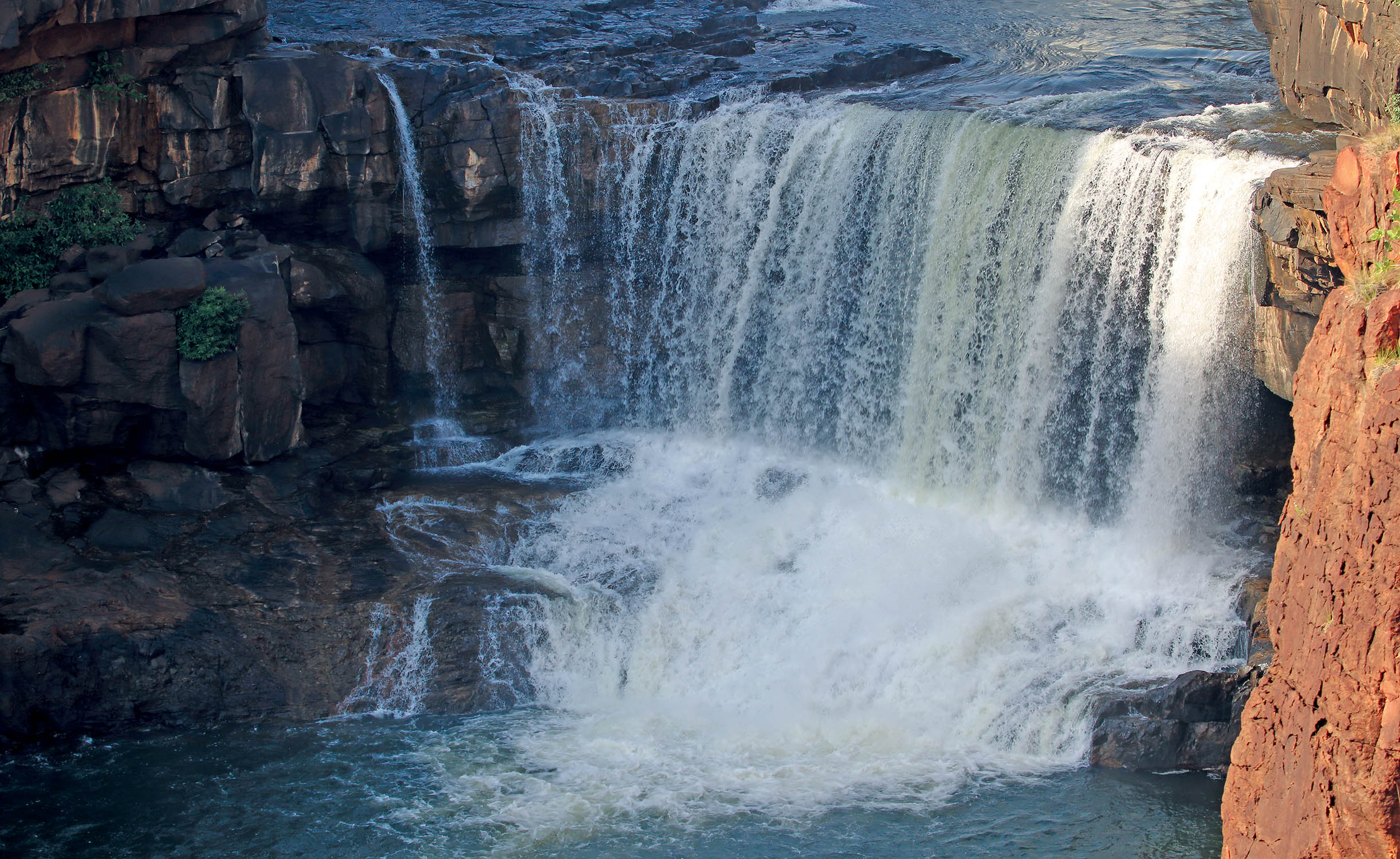 (Mitchell Falls)
(Mitchell Falls)Cyanobacteria are also known as ‘blue-green algae’, although it is not actually an alga. However, it is photosynthetic like algae (or a plant). The pigments are sometimes blue green in colour, but this accounts for only half the range. Cyanobacteria are in fact bacteria, and therefore a very primitive life form. More than 7500 different species have been described, although most of these are probably symbiotic forms. The best known symbionts are those that live with a fungus and form lichen; they provide the photosynthetic part of the relationship. Cyanobacteria can be found growing in a range of places, from the hot waters of springs, to beneath ice in Antarctica waters, Other famous cyanobacteria include some of the plankton ‘blooms’ that occur in both marine and fresh water. Along the escarpment walls cyanobacteria is most commonly noted growing on the outside of rocks and on cliff faces. It gives the rock a dark, almost black veneer, only revealed to be a surface colour when the rock, such as granite or sandstone, is smashed open to reveal the true pale hue of the rock underneath. This usually occurs in areas of higher rainfall, or in areas where there are splash zones from rapids or waterfalls.
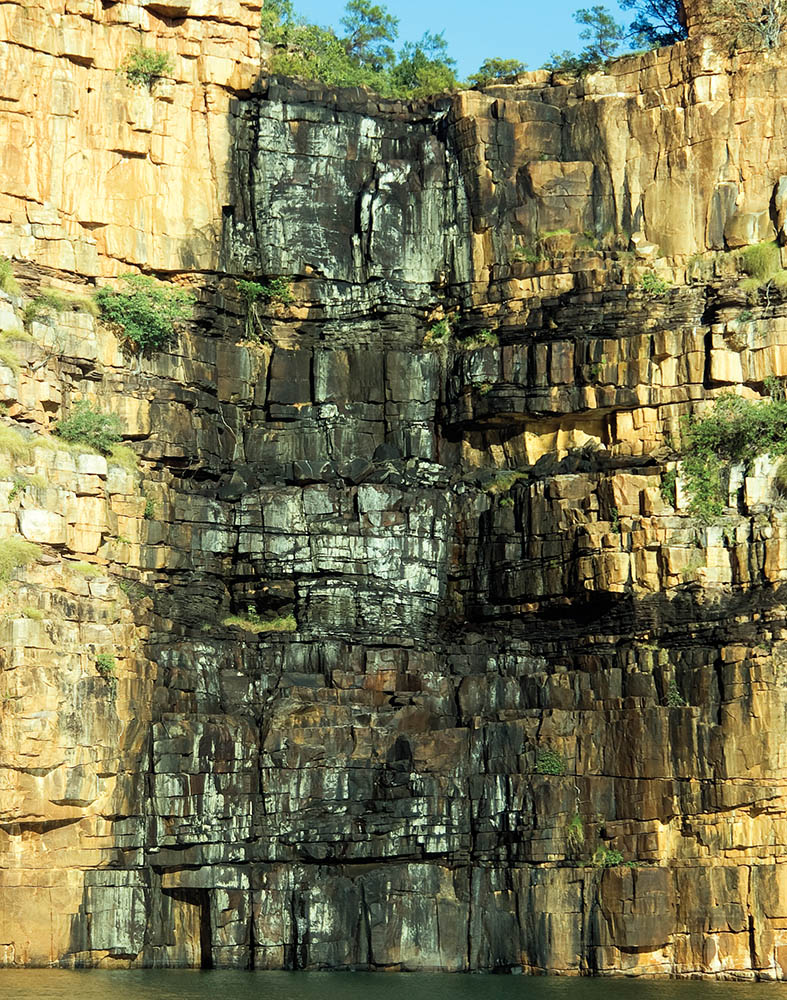
Xanthostemon, 'Golden Penda'. Large yellow flowers. The genus name means 'yellow stamen'. These plants grow in rainforest and woodlands across northern Australia, New Guinea, across to New Guinea and north into Philippines.
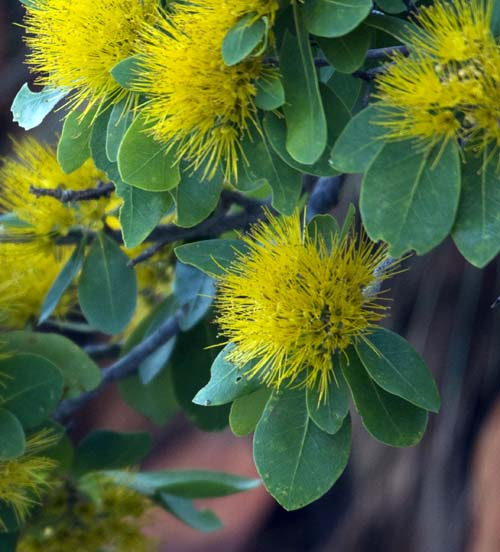 (Talbot Bay, W.A)
(Talbot Bay, W.A)There are a number of monitor species that live in the escarpment country, and several that specialize in this habitat.
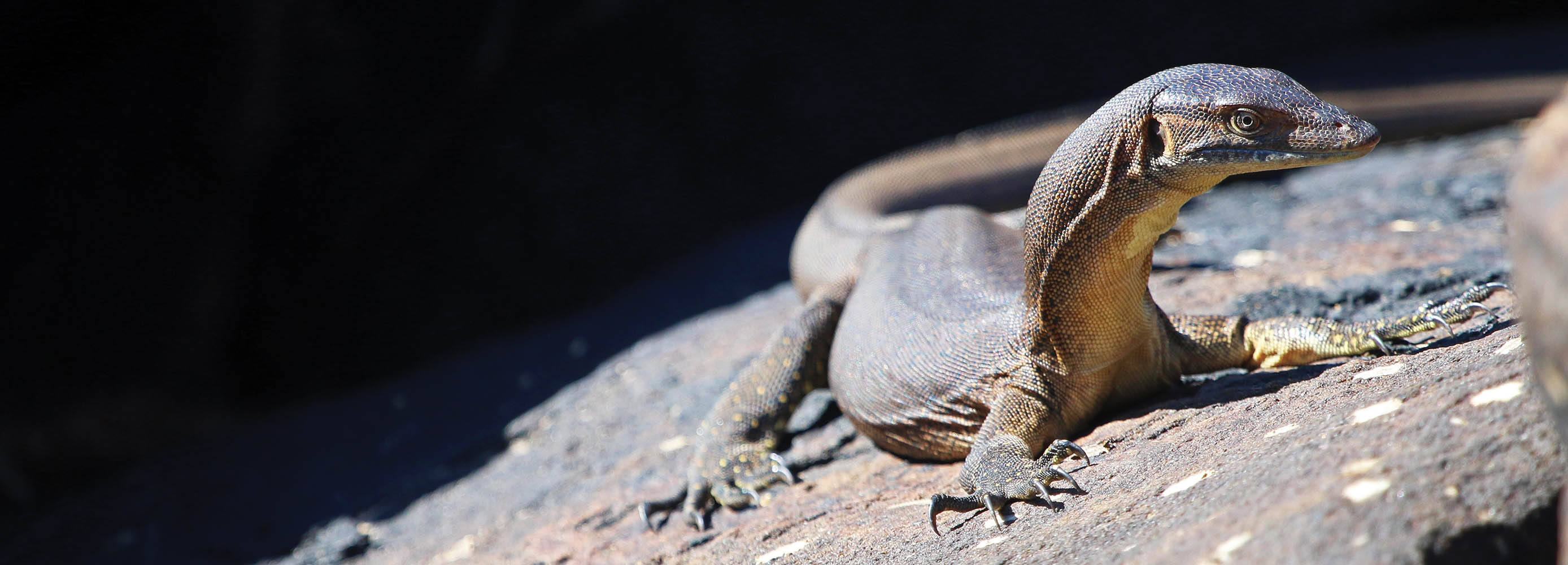
Below is Varanus glauerti, 'Kimberley Rock Monitor'. Striking, with spots on back, stripes along tail. Medium but slight goanna with a 'squashed' flat appearance good for sliding in under rocks. Very long tail. Found around rocky habitats north west and top end of Australia.
 (Bigge Island, W.A.)
(Bigge Island, W.A.)Below is Varanus glebopalma, the 'Black-palmed Rock Monitor'. It is grey-reddish in colour, the long tail is darker upper half and whitish in lower half. The top of the limbs are normally darker with spots; the underside of the limbs are also apparently dark, thus the common name. Found around rocky habitats across northern Australia.
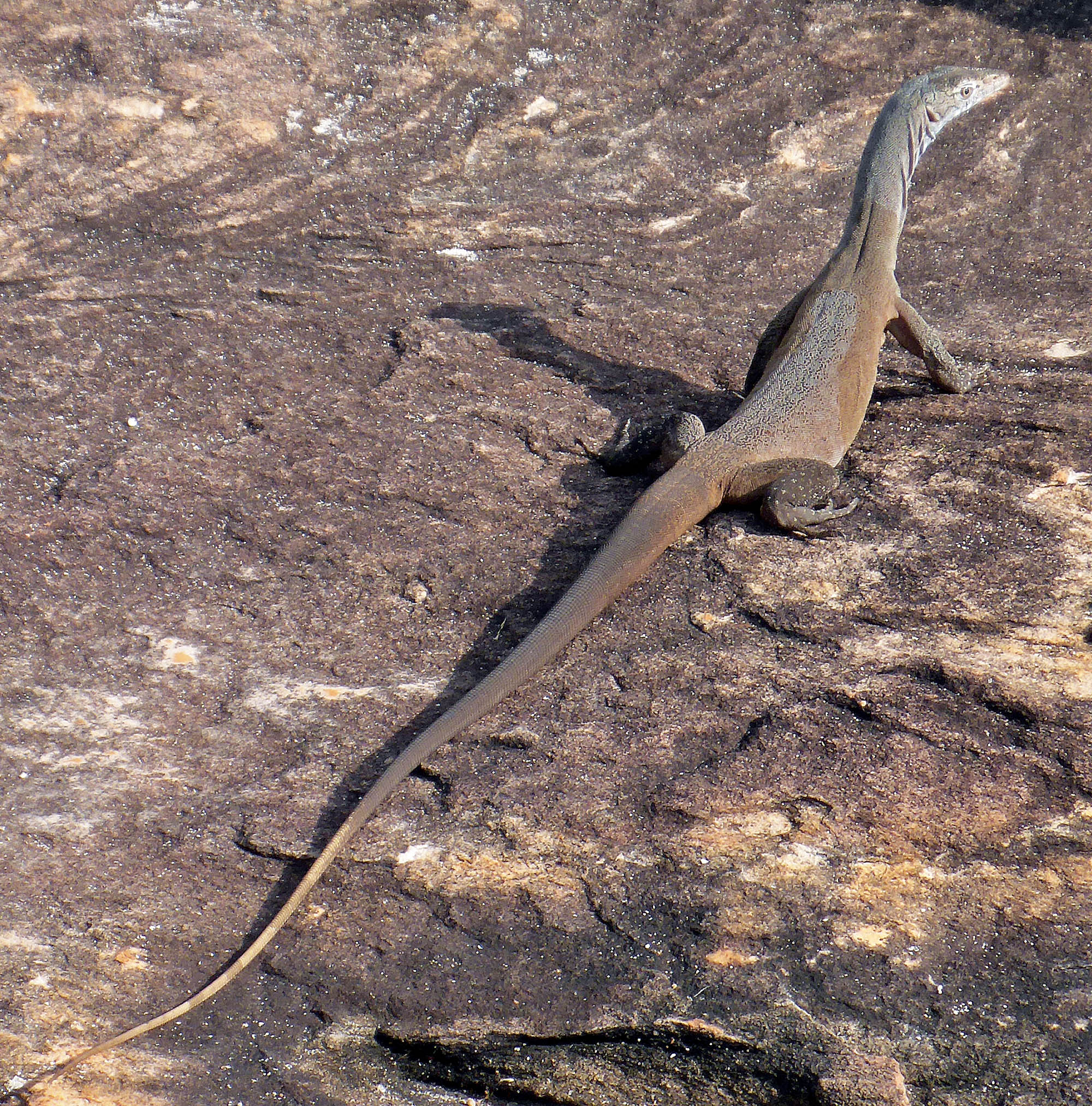 (Jar Island, W.A.)
(Jar Island, W.A.)Cryptoblepharus spp. are known as 'Wall Skinks', 'Fence Skinks', 'Snake-eyed Skinks', 'Shining Skinks', although their genus name translates as 'hidden eyelash'. They are sometimes seen around rock art sites.
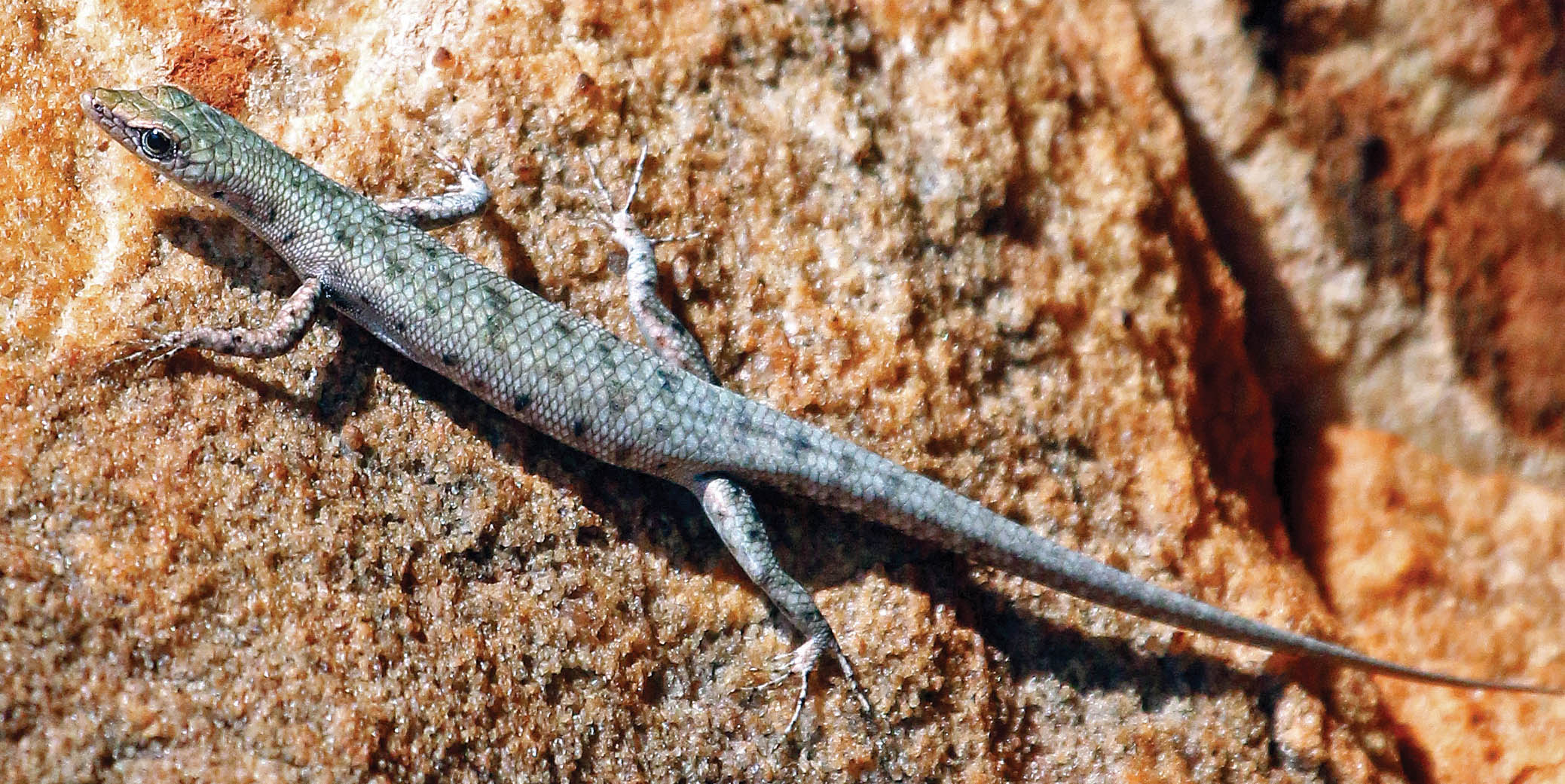
The family Colubridae includes several species known as 'tree snakes'. As suggested by the name, they are agile and can climb well, and so they are able to easily negotiate their way around rocky habitats. Species include:
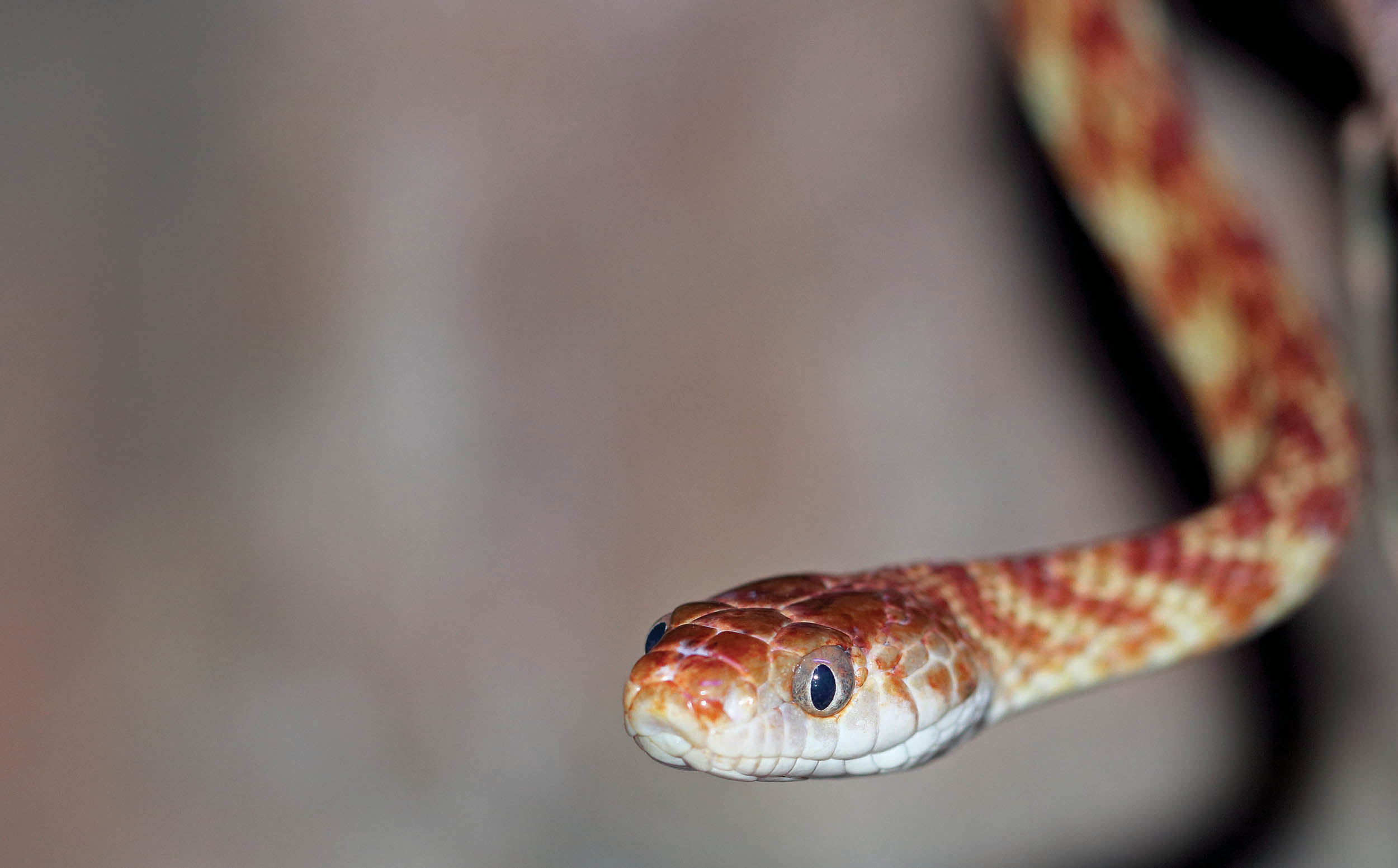 'Brown Tree Snake', 'Night Tiger'.
'Brown Tree Snake', 'Night Tiger'.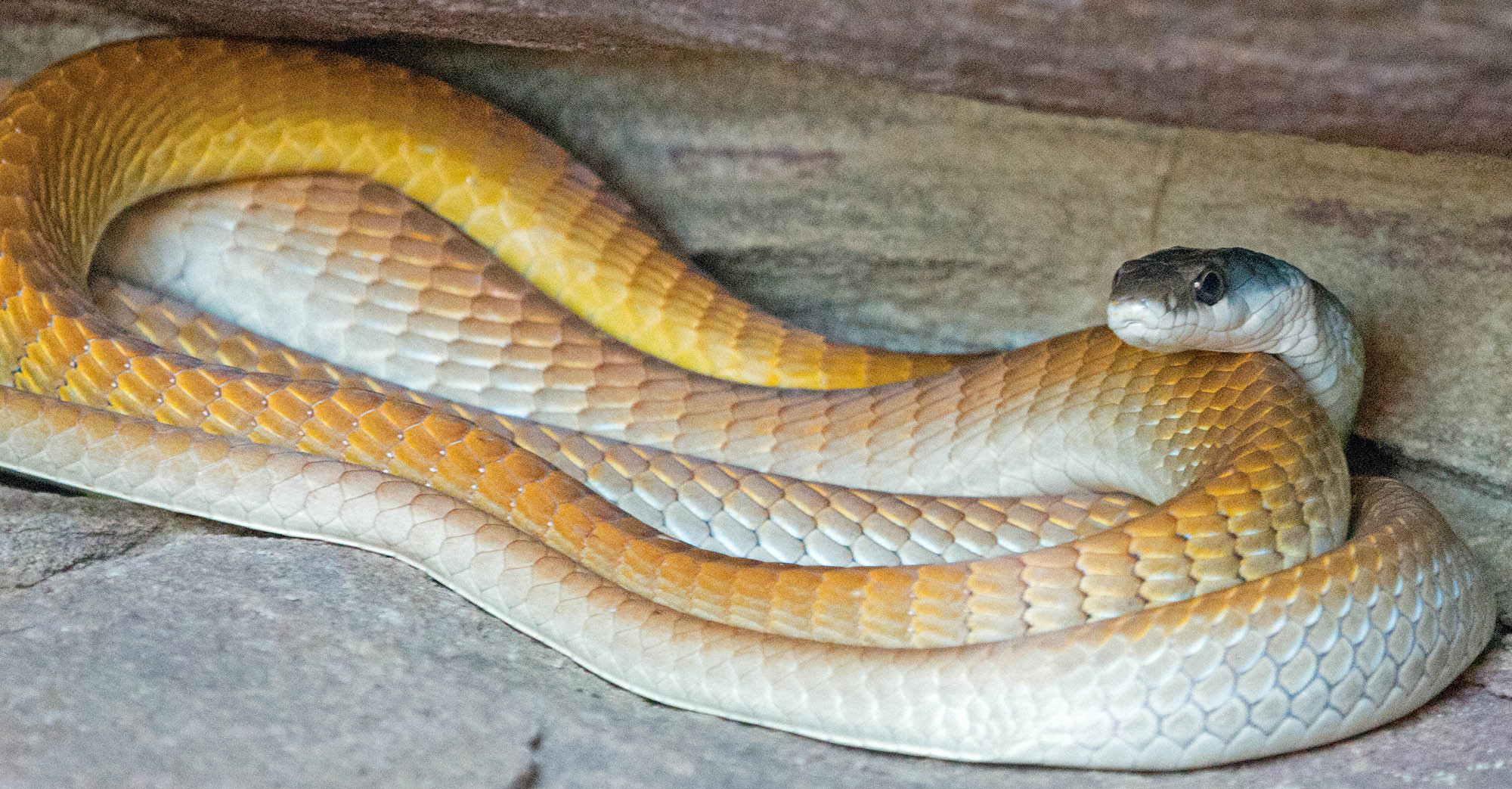 'Common Tree Snake', (King George River, W.A.)
'Common Tree Snake', (King George River, W.A.)For a lecture on the reptiles of the tropical Australian woodlands
Petrophassa albipennis, 'White-Quilled Rock-Pigeon' is endemic to the rocky escarpment country of the north west of Australia. There is an equivalent species endemic in the Arnhemland escarpment in central northern Australia, called the 'Chestnut-quilled Rock-Pigeon'.
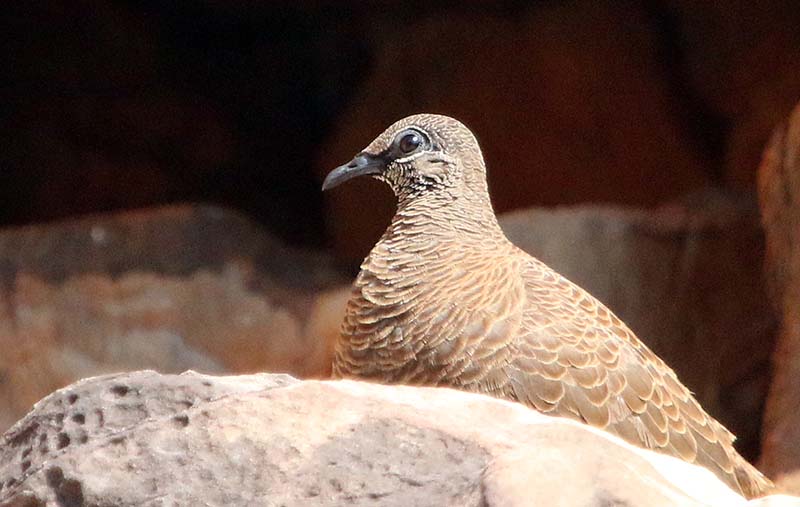
'Rock-wallabies' are adapted to living within a rocky habitat, being an ecological equivalent to hyrax/dassie in Africa, and mountain goats in Eurasia.
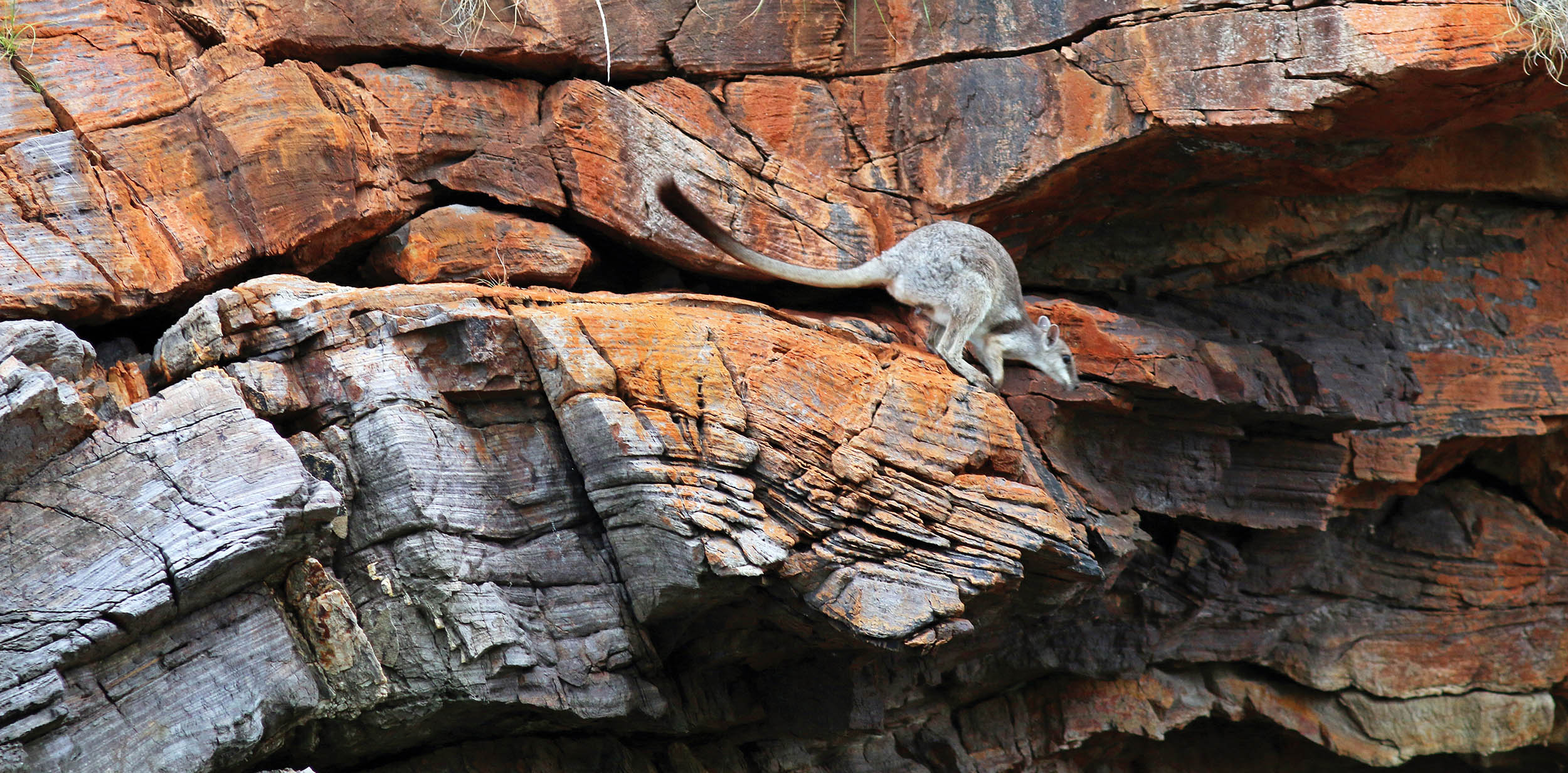 |
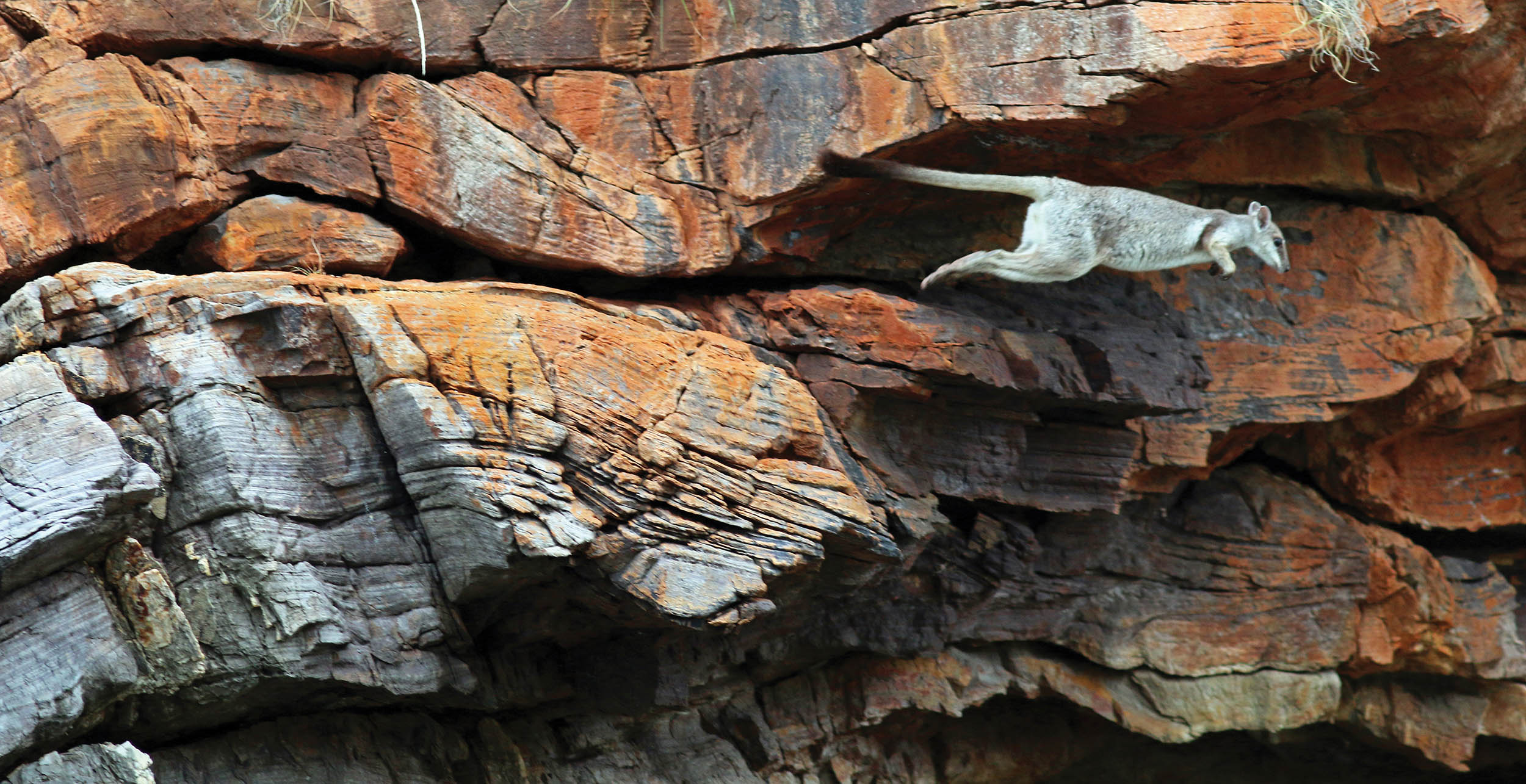 |
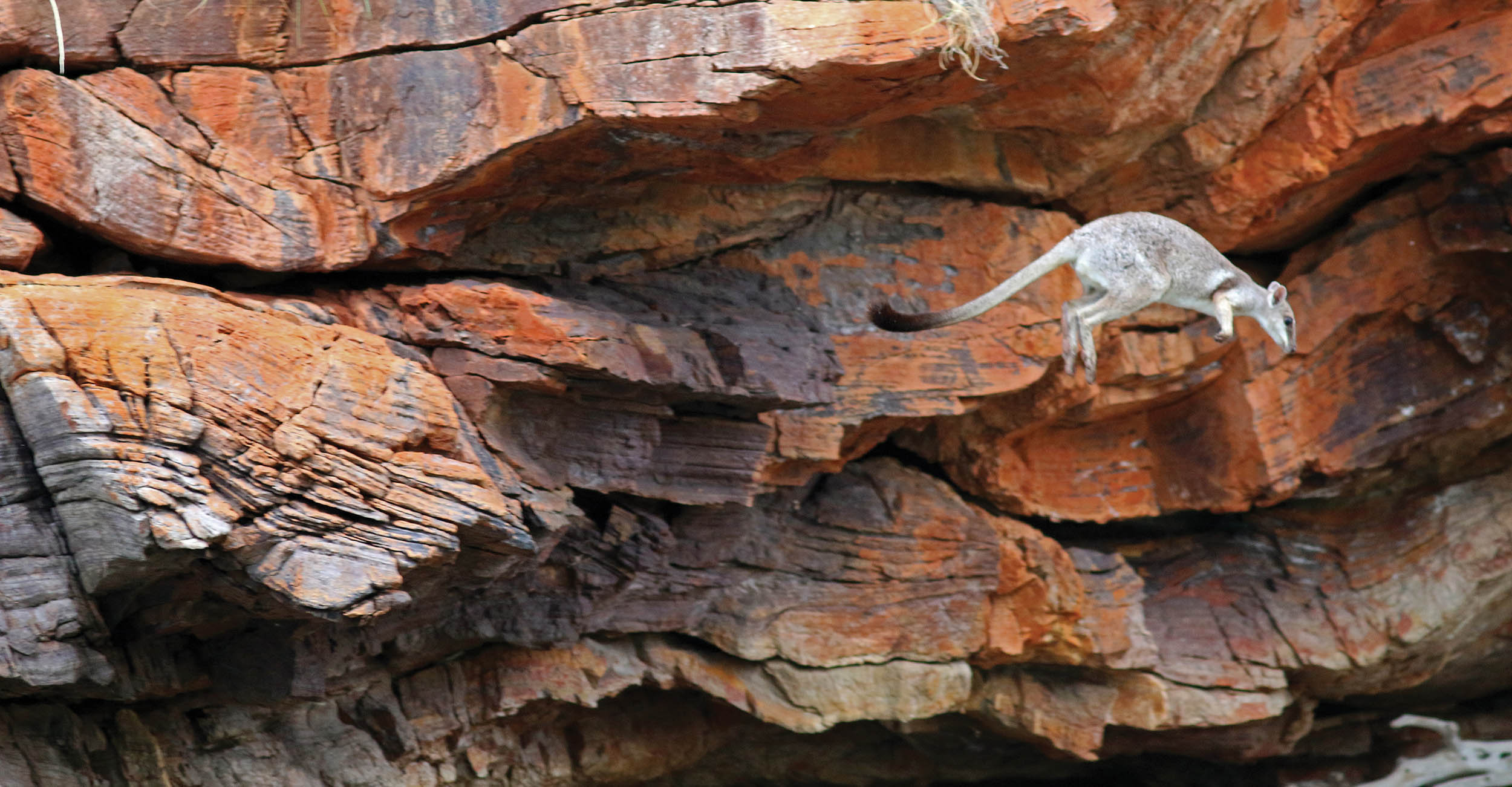 |
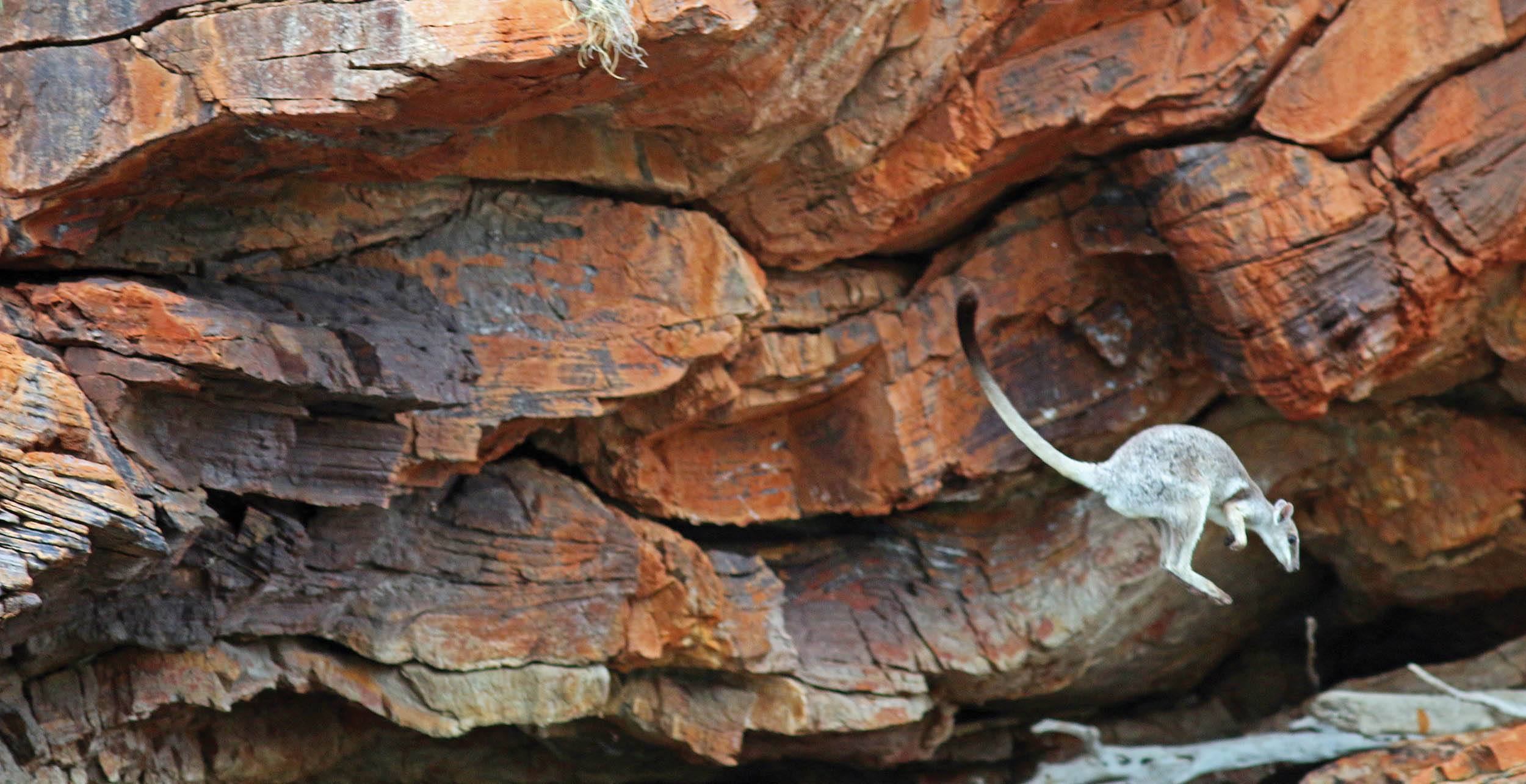 |
They are pretty cute...
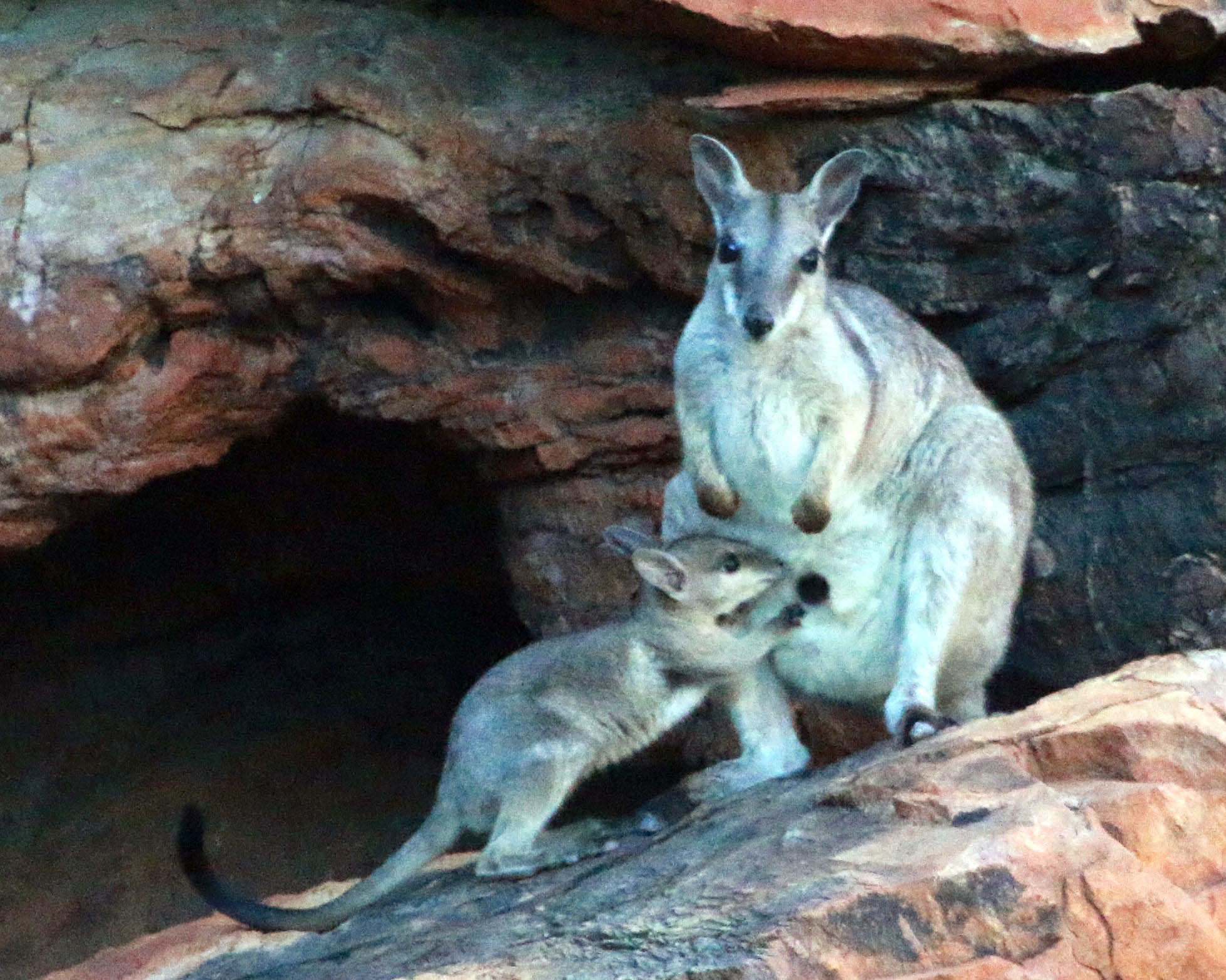
Species include:
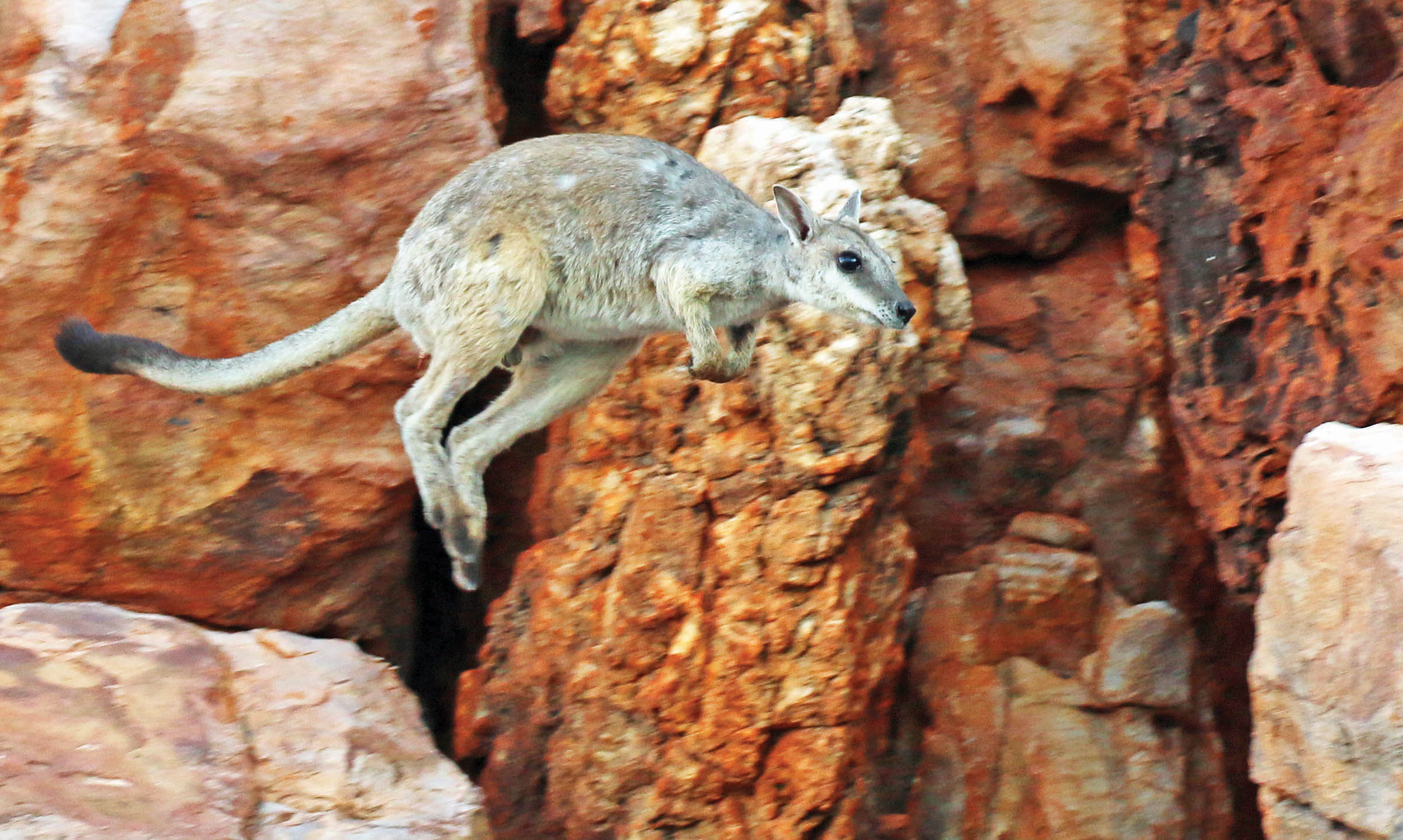 '(Western) Short-eared Rock Wallaby', (Talbot Bay, Western Australia)
'(Western) Short-eared Rock Wallaby', (Talbot Bay, Western Australia)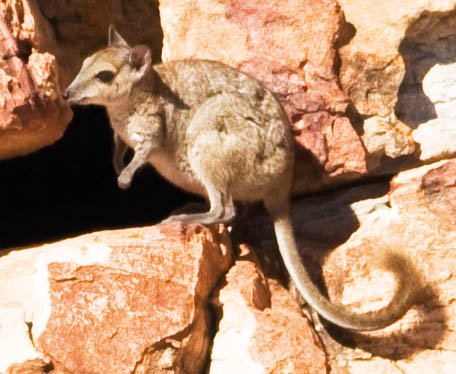 'Monjon', (Bigge Island)
'Monjon', (Bigge Island)


